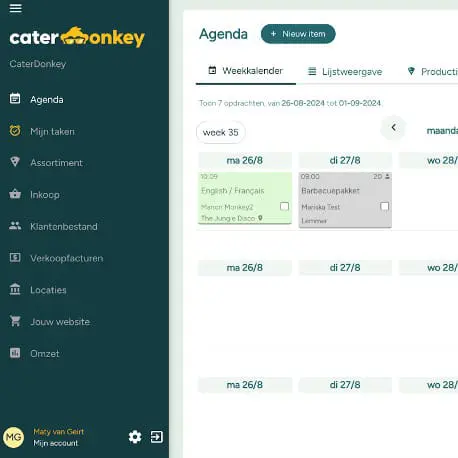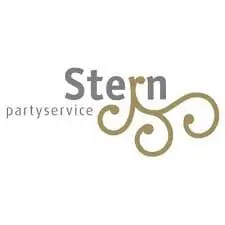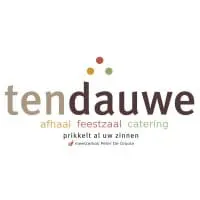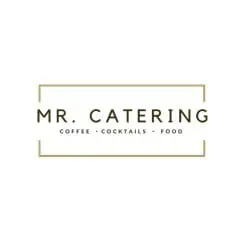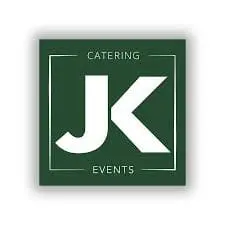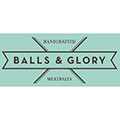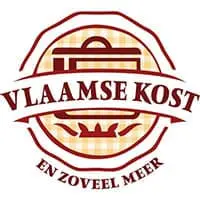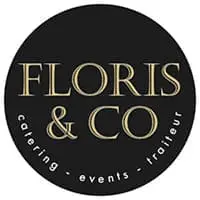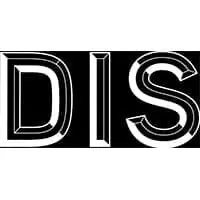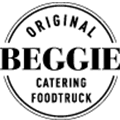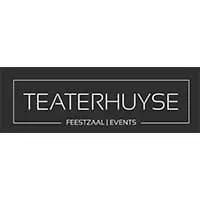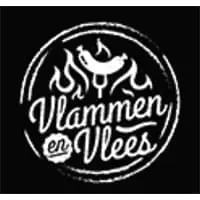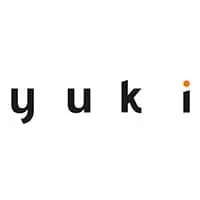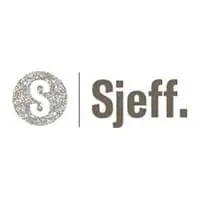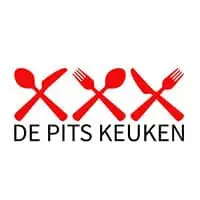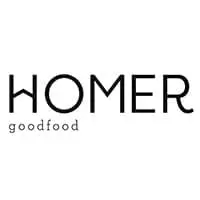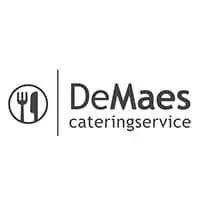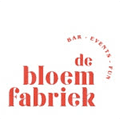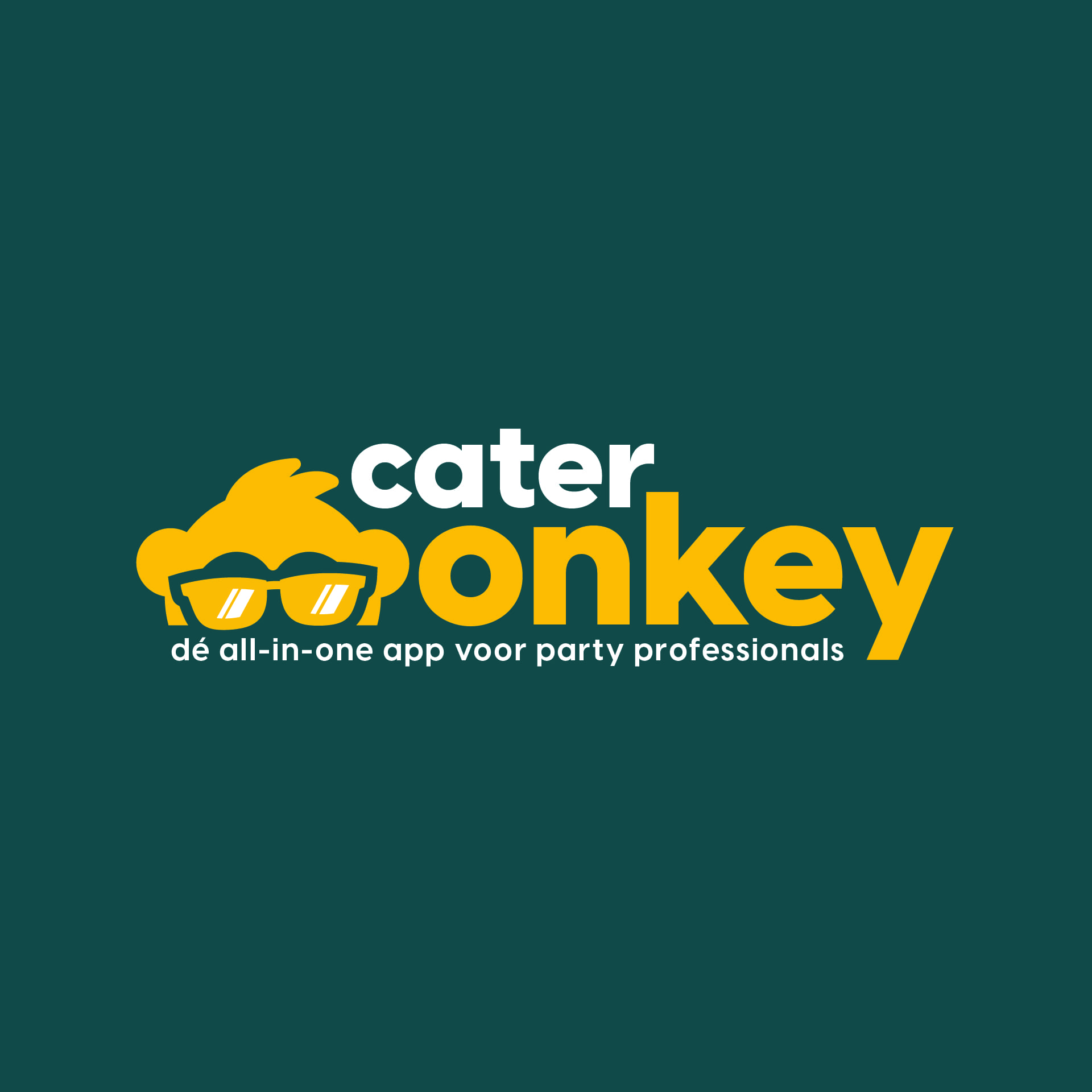A good quotation is characterised by a professional appearance, complete information and a clear structure. You combine visually appealing elements such as your logo and corporate identity with practical details such as prices, terms and conditions, and contact details. The most important thing is that your customer immediately understands what you are offering, what it costs, and how they can proceed. A personal touch and logical structure make the difference between a quotation that is put aside and one that leads to an order.
What makes a quotation professional and appealing?
A professional quotation starts with a clear structure that guides your customer effortlessly through your offer. You ensure that all information is logically organised and that important points stand out immediately.
Visual presentation plays a major role in creating a first impression. Use your own logo, corporate identity and consistent colours. A professional look does not mean boring, but rather clear and reliable. Make sure your quotation looks neat without being too busy.
Complete information is essential. After reading, your customer must know exactly what they are getting, when it will be delivered and how much it will cost. Leave no room for confusion or misunderstanding.
The personal touch makes all the difference. Use your customer’s name, refer to your conversation and show that you understand their specific wishes. This inspires confidence and shows that you are looking beyond the sale itself.
What elements should always be included in a quotation?
Every business quotation contains a number of mandatory elements that you must not forget. This checklist will help you to ensure that you do not overlook anything.
Your company details are prominently displayed at the top: company name, address, telephone number, email address and Chamber of Commerce number. Your VAT number is also included if you are VAT registered.
Customer details are equally important: name, address and contact details of the person receiving the quotation. Always check these details for accuracy.
A clear description of your services forms the core of your quotation. Describe precisely what you are providing, when and where. For catering, this means: number of people, menu, location, date and time.
Price information must be clear: total price, any VAT, payment terms and validity period of your quotation. Also list additional costs such as transport or personnel separately.
| Component | What should be included? | Why it is important |
|---|---|---|
| Company details | Name, address, Chamber of Commerce, VAT-number | Legal requirement |
| Customer data | Name, address, contact information | Clarity about the client |
| Services | What, when, where | Prevents misunderstandings |
| Prices | Total, VAT, terms and conditions | Financial clarity |
| Terms and conditions | Delivery, payment, cancellation | Legal protection |
How do you structure a quotation logically?
The logical structure of your quotation guides your customer step by step towards a positive decision. Start with a personal introduction in which you thank the customer for their interest.
Then briefly summarise what you have discussed. This shows that you have listened and understand what the customer is looking for. For example: “Following our conversation about your company party on 15 March…”
Then present your offer in clear sections. For events, you could include: menu options, service, staff, materials and transport. Each section should have its own heading with an explanation.
Conclude with practical information such as prices, conditions and next steps. End with a clear call to action: what does the customer need to do to agree?
A signature section or link to online signing makes it easy for the customer to say yes right away. The fewer steps, the better.
What is the difference between a quotation and a price estimate?
The difference lies in the legal binding nature. A quotation is binding for you as an entrepreneur during its period of validity. A price estimate is informative and not binding.
When you submit a quotation, you are obliged to honour your offer at the stated price, provided that the customer agrees to it within the period of validity. This also applies if your costs have increased in the meantime.
A quotation only provides an indication of costs. You can make adjustments to the price or conditions later on. This is often used for complex projects where many details are still unclear.
This distinction is important for hospitality and event companies. Use a price estimate during initial exploratory discussions. Switch to a quotation once all the details are known and you are sure of your pricing.
Always clearly state whether you are sending a quotation or a price estimate. This prevents legal problems and disappointment among customers.
How can you make your quotation visually appealing?
An attractive layout starts with white space. Don’t cram your quote full of text; give the information room to breathe. This makes the document calmer and more professional.
Choose a maximum of two fonts: one for headings and one for the text. Make sure they are easy to read, even on mobile devices. Standard fonts such as Arial or Calibri always work well.
Use your corporate colours, but do so sparingly. Too much colour can be distracting. A coloured header, accent for headings and your logo are often sufficient.
Add relevant images of your dishes, location or previous events. Make sure they are sharp and match the atmosphere you want to convey. No stock photos, only your own material.
Use bullet points, tables and headings to structure information. A well-organised quotation looks more professional than a block of text.
What mistakes should you avoid when preparing a quotation?
The most common mistake is unclear pricing. Always state whether VAT is included, what the additional costs are and when payment must be made. Surprises afterwards damage your reputation.
Missing information leads to endless email exchanges. Check that you have included all the practical details: times, location, number of people, specific customer requirements.
Spelling mistakes and poor formatting give an unprofessional impression. Have someone else proofread your quote before sending it. Fresh eyes will spot mistakes that you may have overlooked.
Too long a validity period can be costly when prices are rising. Stick to 30 days, unless you are certain of your cost price for a longer period.
Don’t forget to mention the next steps. Your customer needs to know how to agree and what happens next. A quote without a clear call to action is a missed opportunity.
How can you increase the likelihood that your quote will be accepted?
A personal approach makes all the difference. Refer to your conversation, use your customer’s name and show that you understand their specific situation. People do business with people, not companies.
Show added value by emphasising extra service or unique elements. What makes your offering different from that of your competitors? Perhaps your experience, flexibility or special dishes.
Make benefits concrete and tangible. Instead of “excellent service,” write “personal guidance from our event manager throughout the entire event.”
A clear call to action helps your customer take action. For example: “Send a confirmation by email or call me if you have any questions. We will then schedule a preliminary meeting right away.”
Follow-up is crucial, but do it smartly. Wait a week after sending and then get in touch. Ask if there are any questions and offer to clarify details. Remain helpful, not pushy.
Creating an attractive quotation takes time and attention, but the difference in results is enormous. With the right structure, professional appearance and personal touch, you can build trust with your customers. Don’t forget that your quotation is often the first impression your company makes, so invest in it wisely. Modern software can help you streamline this process, allowing you to send attractive quotes faster and leaving you more time to do what you do best: organising great events and catering.
Plan your brainstorm with Catermonkey!
Do you have ideas or questions about how to optimise your quotation process? Catermonkey is happy to help you figure out how the platform can support your business. Whether you want to know how to create professional quotations faster, streamline your administration, or have other challenges, we are happy to help. Schedule your brainstorming session with Catermonkey! Schedule your no-obligation brainstorming session here and discover the possibilities.
